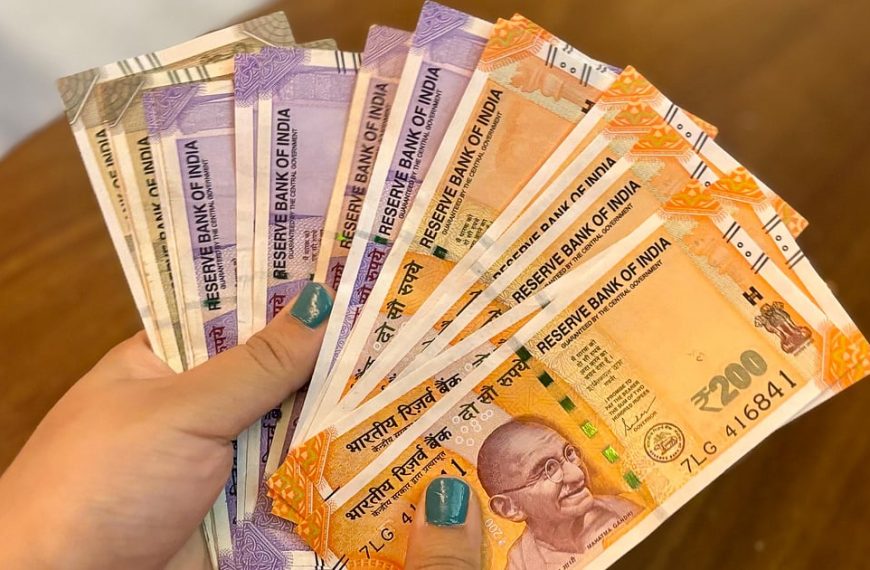The recent decision by the US Federal Reserve to maintain its policy rate within the 4.25%-4.50% range has sparked renewed discussions about the potential reactions from central banks worldwide, particularly the Reserve Bank of India (RBI). This stance, alongside the Fed’s indication of two rate cuts in 2025, brings attention to the evolving dynamics of global monetary policy. The RBI initiated its own cycle of repo rate cuts earlier this year, reducing the rate by 25 basis points to 6.25% on February 7, 2025.
Global Monetary Policy and the RBI’s Response
The comments made by US Fed Chair Jerome Powell regarding the influence of tariffs from the previous Trump administration on both inflation and economic growth add layers of complexity to the global monetary landscape. The Fed’s economic projections for 2025 include a growth rate of 1.7% and an inflation forecast of 2.7%, along with plans to reduce its balance sheet more gradually by April.
Market and Currency Repercussions in India
Market analysts suggest that the Fed’s cautious optimism may alleviate some global financial strains, yet emerging markets (EMs) including India could still face volatility.
- Madhavi Arora, Lead Economist at Emkay Global Financial Services Ltd., noted:
- The Fed’s stable outlook could lead to a mixed environment for EM assets.
- A weakening DXY (Dollar Index) may counterbalance growing global uncertainties.
- This shifting narrative might provide the RBI with the flexibility to adjust its foreign exchange strategies and potentially modify its rate policies.
Arora also pointed out that the RBI’s ongoing efforts to enhance system liquidity could lead to a surplus, opening the door for possible rate cuts in April.
Impacts on Indian Markets and Investment Flows
The relationship between US interest rates and foreign capital flows remains critical for India. Ravi Singh, SVP of Retail Research at Religare Broking Ltd., highlighted the intricate dynamics at play:
- Higher US interest rates could drive foreign capital away from Indian markets.
- Conversely, lower rates might encourage investment inflows.
- Economic instability in the US could elevate market volatility in India.
Singh emphasized that fluctuations in the dollar could also influence global commodity prices, particularly oil, which is significant for India as a major importer.
Potential RBI Rate Cuts and Economic Outlook
The anticipated Fed rate cuts could positively impact India by enhancing capital inflows and supporting the rupee. Ajay Garg, CEO of SMC Global Securities Ltd., expressed optimism:
- The combination of higher inflation and lower GDP growth in the US might benefit emerging markets through increased capital inflows.
- The expected Fed rate cut could lead to rupee appreciation as investors seek higher returns.
Despite global uncertainties, India is maintaining steady GDP growth and decreasing inflation, which may support further RBI rate cuts in 2025. This could stimulate consumer spending, encourage borrowing, and improve overall market liquidity.
What’s Next for the RBI?
Many analysts anticipate a potential repo rate cut at the RBI’s upcoming April meeting, given the current liquidity conditions and shifting global landscape.
- Ankita Pathak, Fund Manager and Macro Strategist at Ionic Asset by Angel One, remarked:
- The evolving rate cut cycle reflects ongoing policy adjustments in response to inflation expectations and macroeconomic factors.
- The Fed’s ability to lower rates will depend on the implications of tariffs and their impact on inflation.
As global uncertainties linger, the RBI appears poised to exercise flexibility in its policy decisions. Investors will be closely observing how the central bank balances domestic growth goals with international economic challenges in the forthcoming months.










